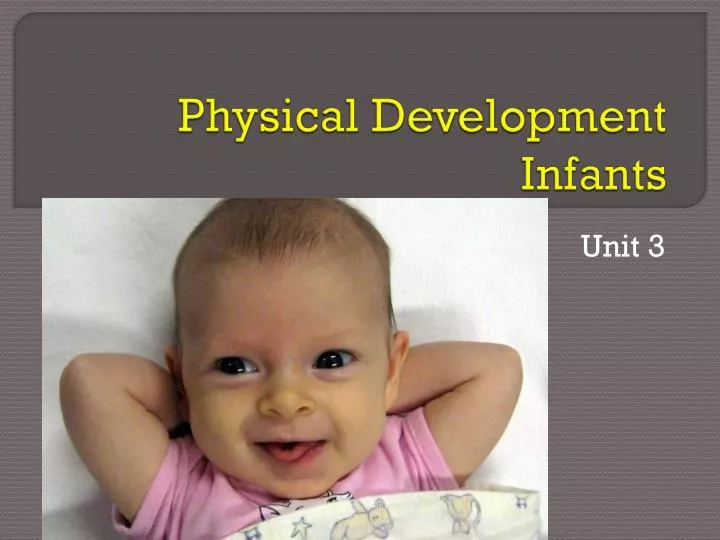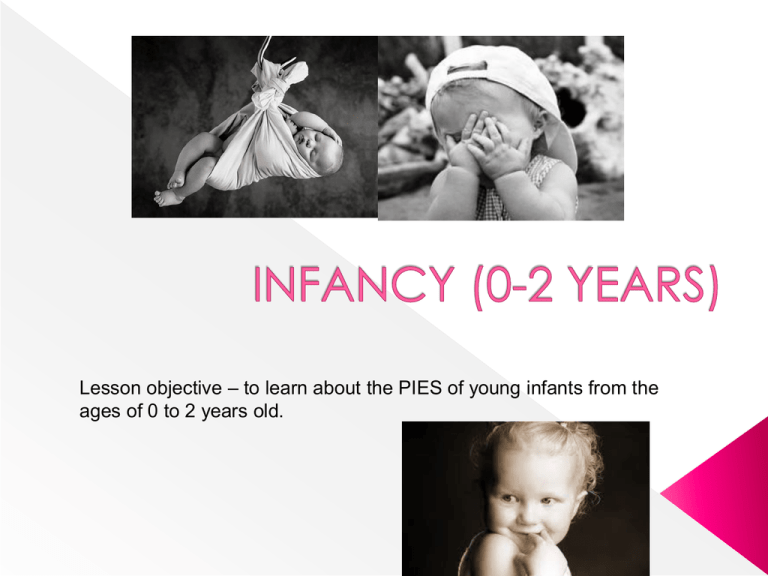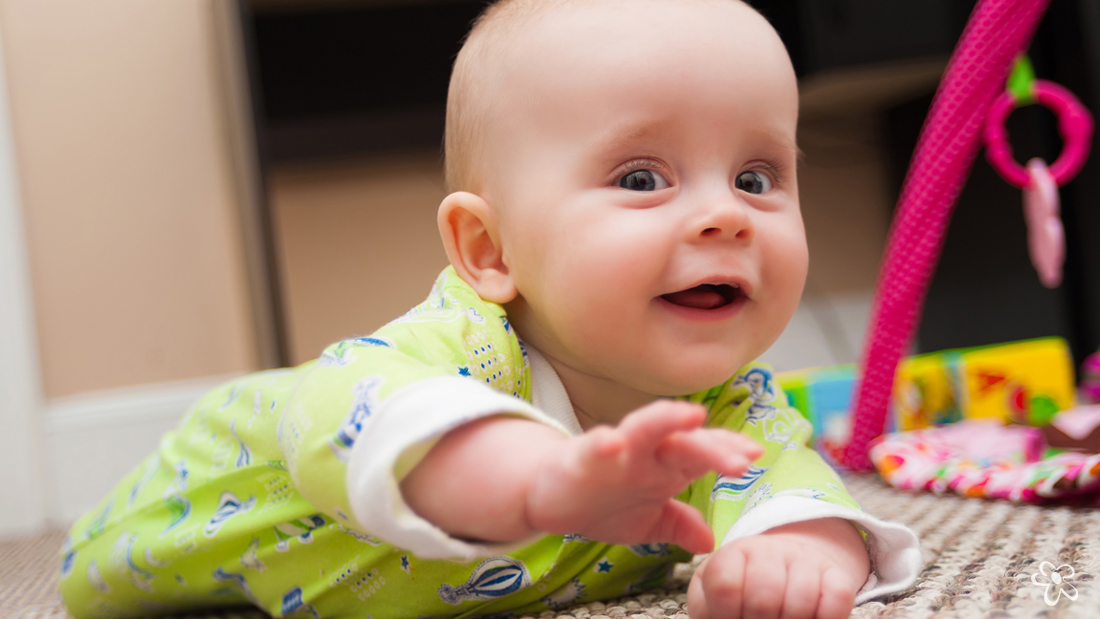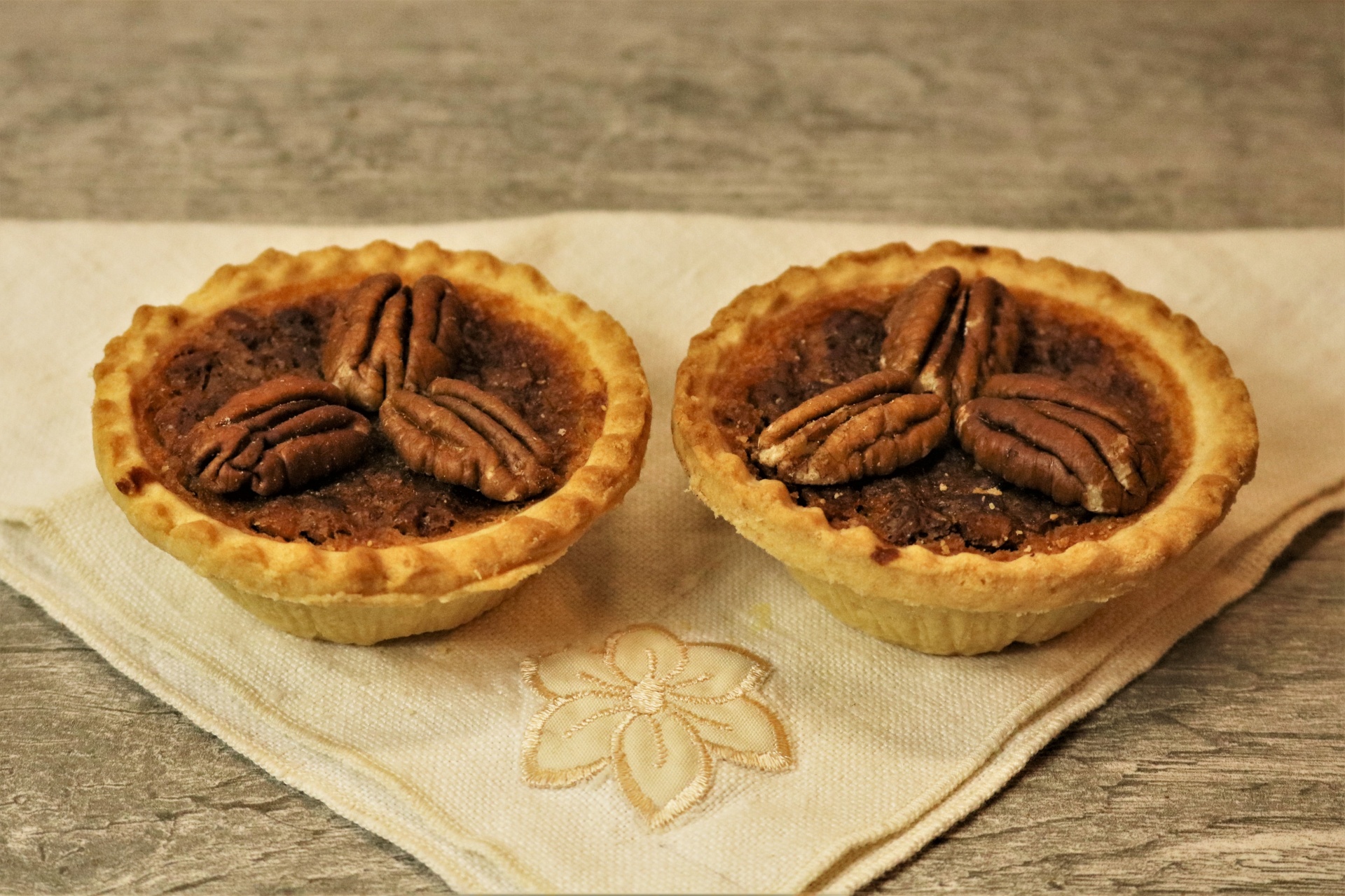
Pin on Assignment
Pulmonary interstitial emphysema (PIE) can predispose an infant to other air leaks. In a study by Greenough et al, 31 of 41 infants with PIE developed pneumothorax, compared to 41 of 169 infants without PIE. In addition, 21 of 41 babies with PIE developed intraventricular hemorrhage (IVH), compared to 39 of 169 among infants without PIE.

⭐ Pies development in infancy. Infancy Pies?. 20221030
PIE is fairly common in neonatal intensive care units (NICUs). These infants often have a lung problem that's caused by preterm birth. PIE usually affects babies in the first few days of life. It may affect 1 or both lungs. Types of treatment. PIE is a serious condition. It can cause death if not correctly treated.

INFANCY (02 YEARS and reflexes)
PIES Revision Pack The Six Life Stages Infancy (1 - 2 years) Physical changes Gross motor skills develop - the infant can start to control the larger muscles in its body Fine motor skills develop - the infant can start to control the smaller muscles in its body By the ages of two a infant can usually do things such as walk, hold a spoon and point

Consejos sobre cada cuanto tiempo medir los pies de tus hijos e hijas para asegurarnos que la
Pulmonary interstitial emphysema (PIE) is when air gets trapped in the tissue outside the tubes and air sacs of the lungs. It nearly always affects newborn babies. It's more of a risk for babies who are born preterm or with low birth weight, who are on a machine to help them breathe (ventilator).

unit 4 pies and infancy Puberty Infants
What is pulmonary interstitial emphysema? Pulmonary interstitial emphysema (PIE) is when air gets trapped in the tissue outside of tiny air sacs (alveoli) in the lungs. It affects newborn babies. PIE is fairly common in neonatal intensive care units (NICUs). When you breathe, air travels in through your mouth and nose to your lungs.

Tarta Minion skater
Pulmonary interstitial emphysema (PIE) refers to the abnormal location of gas within the pulmonary interstitium and lymphatics usually due to positive pressure ventilation. It typically results from rupture of overdistended alveoli following barotrauma in infants with r espiratory distress syndrome. It may also occasionally be incidentally.

PPT Life Cycle Maternal and Infant Nutrition PowerPoint Presentation ID121705
Infancy 0-2 years. The development of fine and gross motor skills. Early Childhood 3-8 years. Learning to play (solitary, parallel, social). Adolescence 9-18 years. Peer groups develop, emotions are effected by hormones, building relationships, the onset of puberty. Early Adulthood 19-45 years. Starting a family, having

Pies development in infancy. Physical Development in Infancy (0. 20221025
Specialties: Amazing scratchmade breakfast, lunch, cupcakes and coffee. Established in 2008. Crushcakes Cafe was started in 2008 making scratch made food, cupcakes and amazing coffee! We only use the freshest and finest ingredients, specialties including; red velvet pancakes, whiskey brioche french toast, breakfast burritos, salads, paninis, homemade soups and many gluten free and vegan options.

Infant/Toddler Development Activity Toddler development, Development activities, Baby development
HHS Vulnerability Disclosure Pulmonary interstitial emphysema (PIE) is a rare, abnormal pathology that occurs more commonly in neonates but can be seen in adults as well.

P1unit 4 describe physical, intellectual, emotional and social development through each of the
Pulmonary interstitial emphysema (PIE) is when air gets trapped in the tissue outside of tiny air sacs (alveoli) in the lungs. It affects newborn babies. PIE is fairly common in neonatal intensive care units (NICUs). When you breathe, air travels in through your mouth and nose to your lungs. The air goes into the alveoli.

Fotos gratis mano, niña, fotografía, Pies, película, pierna, alto, pie, azul, Nikon, 50mm, F14
For anyone that is not familiar with the acronym PIES, it stand for the areas of development. P=Physical, I=Intellectual, E=Emotional and S=Social. Just as addition,subtraction, multiplication and division are the foundation for math and the alphabet is the foundation for reading, the PIES are the framework for child development.

Pies development in infancy. Physical Development in Infancy (0. 20221025
PIES development in infancy Teacher 15 terms MsSykesFoal Preview PIES Development Early Childhood 3-8 Teacher 7 terms fowlere9 Preview HBSE I Final (Ch. 13, 14, 15, 16) 26 terms aaliyah_travis72 Preview Adolescence PIEs (9-18yrs) 11 terms eewall Preview developmental psychology 70 terms aubrey_behling9

Two Little Pecan Pies On Napkin Free Stock Photo Public Domain Pictures
PIES-Revision - unit 1 - Health and Social Care Unit 1 PIES Revision Pack The Six Life Stages - Studocu A newborn infant tends to respond to the world about them through their senses By the age of two, its ability to think gas developed hugely: it will be using language and have the ability to grasp some basic concept.

Hitos en el desarrollo del bebé www.nappy.es
PIE is fairly common in neonatal intensive care units (NICUs). It often affects newborn babies with respiratory distress syndrome and low-weight babies who need a ventilator. These infants often have a lung problem that is caused by preterm birth. PIE may affect one or both lungs.

Call our Allergy and Immunology Center at 720-777-2575 or for referrals, contact us through OneCall at 800-525-4871. FPIES is a serious food allergy in children that is often misdiagnosed or not diagnosed in a timely fashion. Learn about the symptoms, causes and diagnosis.

Marble Cake Sweet Maniacs Marble cake, Cake, Desserts
PIE may be identified with a frontal chest radiograph. Disease progression is assessed with sequential studies. [3, 4, 9] In an ill infant, it may be difficult to differentiate PIE from lucent overdistention of the bronchioles, although overdistended distal airways tend to be round and of uniform diameter, whereas PIE tends to be ovoid in the direction of the bronchovascular bundles.